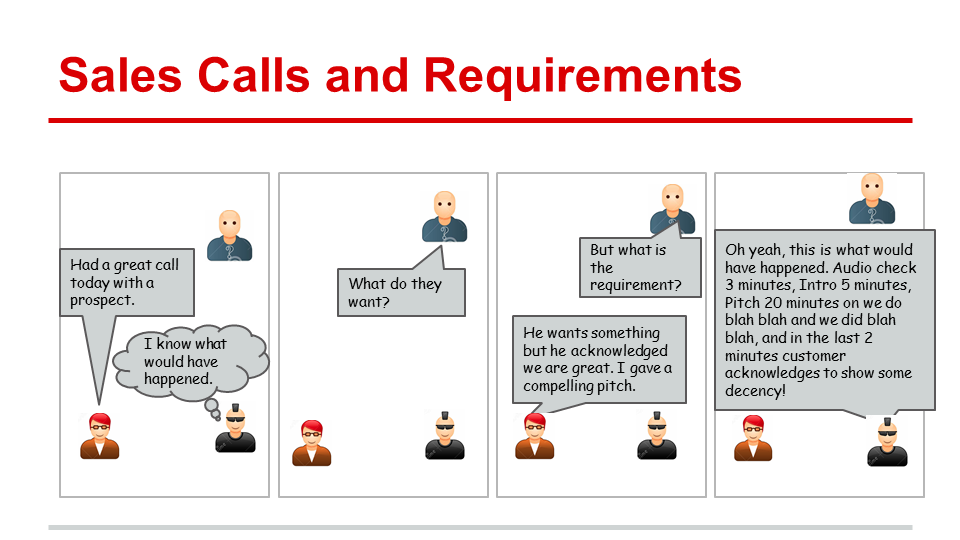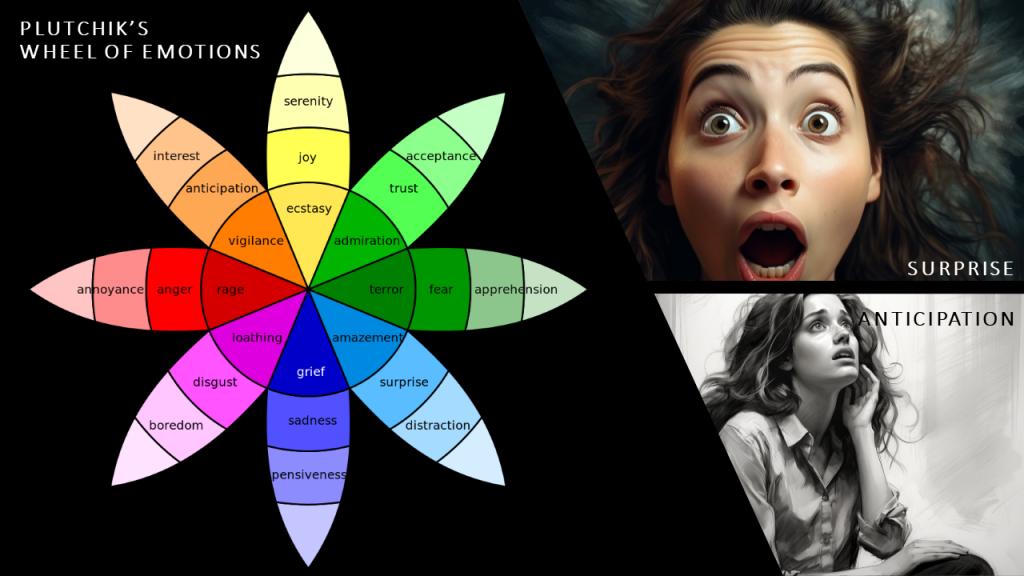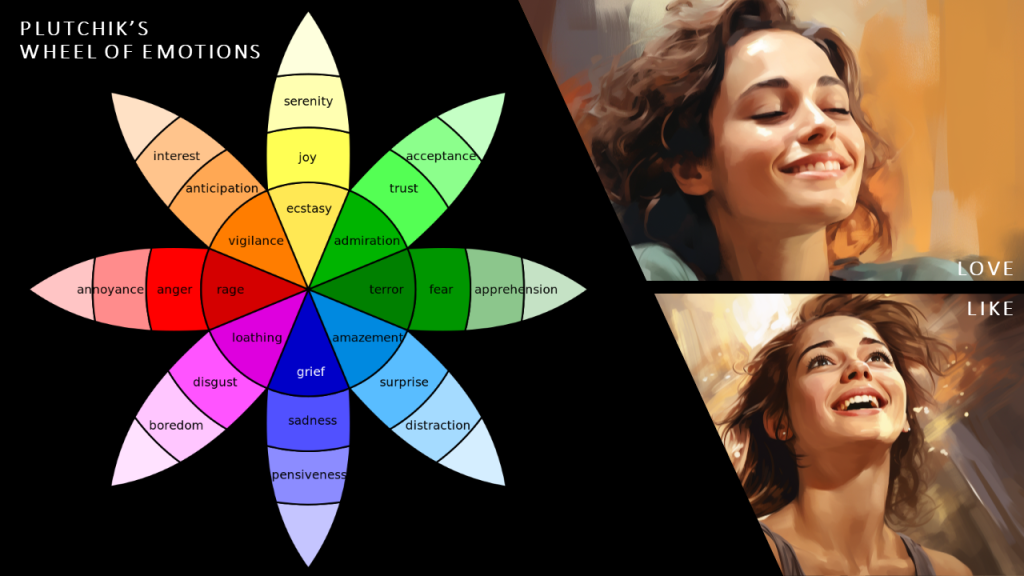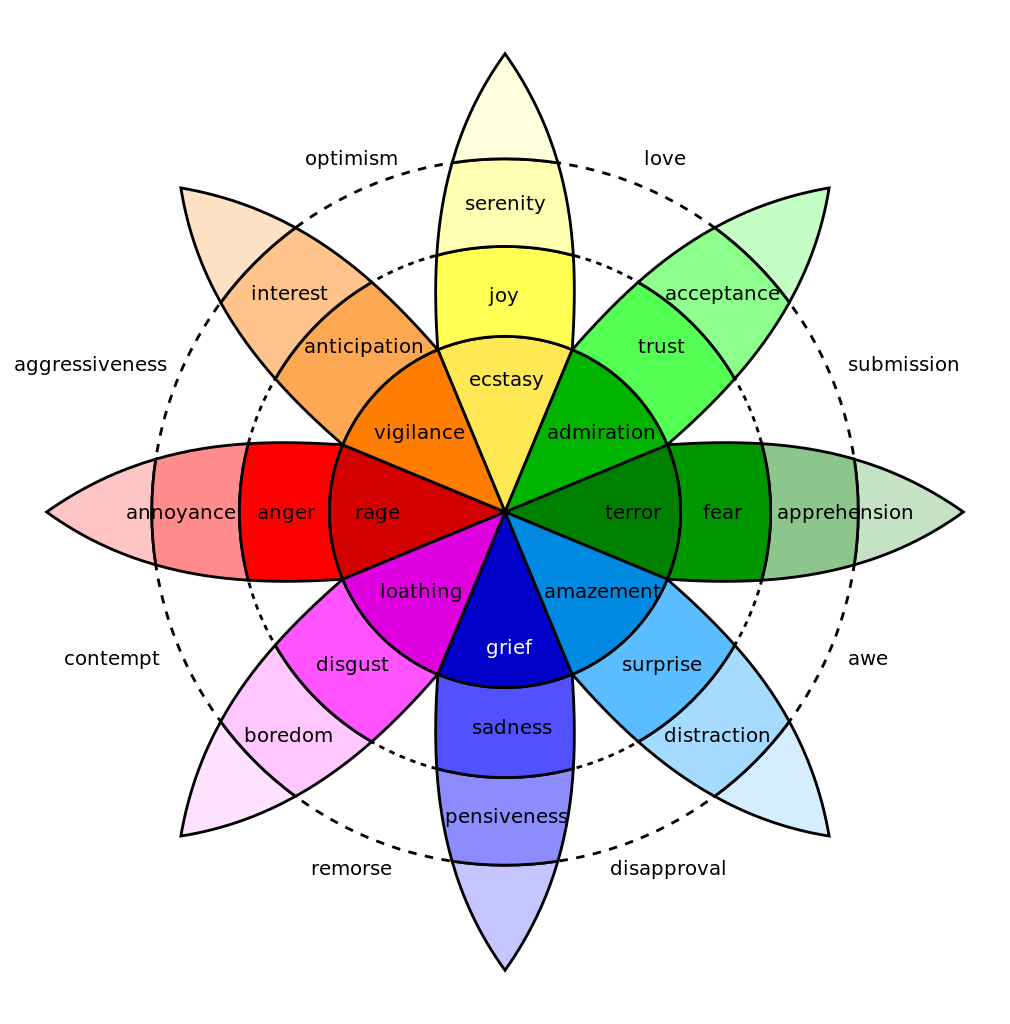Intro
Back with our “Love vs. Like” series, where we’re keeping the vibe playful, almost kiddish, just like our last gig! Today, we’re riffing about rock bands. You know how it goes — are you all about that band merch, every album on repeat, kind of love? Or is it more of a casual head-bob when they come on shuffle? It’s cool either way! It’s fascinating (and a bit hilarious) how our music choices spill the tea on who we are. Ready for this playful encore? Let’s dive into the mosh pit of our musical loves and likes! 🤘🎶😎
Possible Actions
Exploring how we show, through actions, our rock band preferences, here’s a peek at the big differences between true love and a simple like (listed against “Plutchik’s Wheel of Emotions”):
Primary Emotions
| Emotion | Possible Actions when Loving a Rock Band | Possible Actions when Liking a Rock Band |
|---|---|---|
| Joy | 1. Travels to multiple concerts, even internationally. Collects all albums, exclusive releases, and merchandise. 2. Participates in or creates fan art, tribute projects, or fan communities, sharing personal stories about the band’s impact. | 1. Enjoys listening to their hits, possibly has a playlist with their songs. 2. Might attend a concert if it’s local and convenient, but won’t go out of their way. |
| Trust | 1. Defends the band’s decisions and artistic changes vehemently, possibly debating with others online. 2. Invests in all projects related to the band, including solo projects of members, without questioning. | 1. Listens to new albums but may have a critical perspective. 2. Trusts the band’s general direction but doesn’t follow all their projects. |
| Fear | 1. Experiences significant anxiety over rumors of breakups or members’ personal issues. 2. May have a deep fear of never experiencing a live performance again. | 1. Feels minor disappointment if they miss a live performance due to other commitments. 2. Casual concern about the band’s longevity or member changes. |
| Surprise | 1. Shows extreme excitement over unexpected events like surprise releases or being noticed by the band on social media. 2. May make impromptu plans or significant changes to their schedule to accommodate surprise events related to the band. | 1. Happily surprised by new releases but doesn’t change plans for them. 2. Appreciates unexpected events but not deeply affected. |
| Sadness | 1. Mourns deeply during events like the band’s breakup or a band member’s passing; may participate in or organize tributes. 2. Feels a personal loss when the band isn’t active or changes direction significantly. | 1. Experiences disappointment if the band stops playing but recovers quickly. 2. Doesn’t feel a strong personal impact from the band’s changes. |
| Disgust | 1. Feels a personal betrayal if the band makes unethical decisions or actions that clash with personal values; may express this publicly. 2. Struggles between their love for the music and their personal stance. | 1. Disengages from the band after actions they disagree with, with minor emotional impact. 2. May express disapproval but moves on to other artists quickly. |
| Anger | 1. Becomes involved in protests or heated debates defending the band or contesting decisions. 2. Feels a sense of personal offense if the band is criticized or misunderstood. | 1. Experiences momentary frustration over disagreeable news or changes but detaches easily. 2. Rarely engages in debates about the band. |
| Anticipation | 1. Actively engages in online communities, speculating and discussing upcoming releases. 2. Prepares extensively for new content, possibly requesting time off work or setting aside funds for immediate purchases. | 1. Looks forward to new releases but doesn’t actively track or await them. 2. Happy to attend new tours but won’t plan far in advance or make significant prepara |
| Combined Emotion | Possible Actions when Loving a Rock Band | Possible Actions when Liking a Rock Band |
|---|---|---|
| Love (Joy+Trust) | 1. Shows lifelong dedication, possibly traveling internationally for concerts, and shares life-changing stories related to the band’s music. 2. Invests emotionally and financially in the band’s journey, including side projects, exclusive content, and more. | 1. Enjoys their music and attends local concerts. 2. Supports the band but has a limited emotional or financial investment. |
| Submission (Trust+Fear) | 1. Supports the band through all phases, even during controversial times, expressing anxiety over their decisions. 2. Might feel a personal stake in the band’s success, showing concern over negative press or public perception. | 1. Remains a fan as long as they enjoy the music, less concerned with the band’s overall journey. 2. Doesn’t get deeply affected by the band’s controversies or struggles. |
| Awe (Fear+Surprise) | 1. Reacts with overwhelming emotion to surprise interactions or announcements, possibly altering personal plans in response. 2. May publicize their profound impact through social media, blogs, or fan forums. | 1. Enjoys and shares unexpected news or music but isn’t significantly impacted. 2. Appreciates surprises but doesn’t change personal plans for them. |
| Disapproval (Surprise+Sadness) | 1. Expresses heartbreak and vocal disappointment in the band’s unexpected negative actions or changes, possibly on public platforms. 2. May question their fandom but struggles to disengage due to emotional investment. | 1. Disappointed by unfavorable changes or news but moves on quickly. 2. May discuss it briefly in social circles but doesn’t dwell on it. |
| Remorse (Sadness+Disgust) | 1. Feels conflicted and distressed if the band’s actions strongly clash with personal values, leading to public expressions of disillusionment. 2. Struggles with a sense of loss or betrayal, potentially impacting how they engage with the band’s content. | 1. Easily disengages from the band with minimal emotional turmoil. 2. May express their disapproval but it doesn’t heavily impact their daily life. |
| Contempt (Disgust+Anger) | 1. Feels deep resentment, potentially organizing or engaging in public expressions of disappointment or protests. 2. Might create content or campaigns highlighting the band’s perceived betrayal or missteps. | 1. Dislikes the band’s actions but the emotional impact is fleeting and they move on to other artists. 2. Might mention their discontent to friends but doesn’t engage further. |
| Aggressiveness (Anger+Anticipation) | 1. Takes a vocal stand against anticipated unfavorable actions, engaging in online campaigns or fan movements. 2. Expresses discontent loudly, possibly influencing other fans’ opinions. | 1. Experiences minor frustration but no sustained emotional investment. 2. Waits to see outcomes before reacting and doesn’t engage in fan activism. |
| Optimism (Anticipation+Joy) | 1. Engages enthusiastically in fan theories, discussions, and content creation about future releases. 2. Maintains a positive outlook, creating a sense of community and excitement in fan spaces. | 1. Has a casual, positive attitude toward new releases, but doesn’t engage in deep discussions or theories. 2. Enjoys new content but isn’t proactive in community engagement. |
Contrarian Views
- External Demonstrations vs. Internal Affection:
- Not all deep affection for a band is shown through outward actions. Personal circumstances or traits can lead to quieter appreciation.
- Commercial Indicators Don’t Define Love:
- Owning merchandise isn’t a true measure of love for a band’s music. Appreciation goes beyond material possessions.
- Fan Community Activities Aren’t for Everyone:
- Participation in fan communities reflects a desire for social interaction more than it measures love for a band.
- Emotional Stability Overlooked:
- Intense public emotions aren’t the only authentic expressions of deep feelings; subdued appreciation is often undervalued.
- Artistic Growth vs. Selling Out:
- Criticizing bands for “selling out” neglects their right to artistic evolution and personal growth.
MidJourney Prompts with inputs from ChatGPT
Scene: An energetic concert atmosphere with focus on one individual in the front row. The stage and performing band are in the background, but the main emphasis is on the person’s intense emotional reaction. Details: The individual is in a state of extreme joy or euphoria, perhaps with tears of happiness, hands reaching eagerly towards the performers, or clutching their heart. Their attire might include band merchandise, and they are completely engrossed in the music, oblivious to their surroundings. The lighting should create a dramatic effect, spotlighting the individual, highlighting their emotional peak amidst the concert chaos.
Scene: An energetic concert atmosphere with focus on one individual in the front row. The stage and performing band are in the background, but the main emphasis is on the person’s intense emotional reaction. Details: This person is portrayed enjoying the music but in a more relaxed, reserved manner. They’re smiling, possibly holding a beverage, maybe capturing a picture or video with their phone. They’re dressed casually, and their demeanor suggests they’re content and enjoying the experience but without the intense emotional engagement seen in the first image. The surrounding crowd is more visible, indicating the person’s greater awareness of their surroundings as opposed to being wholly absorbed in the music.

















